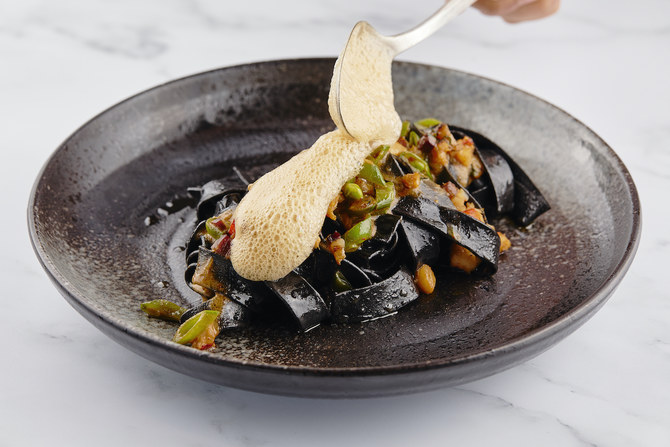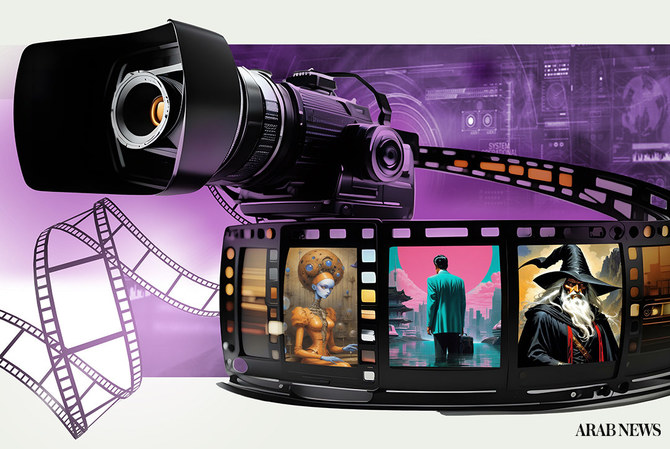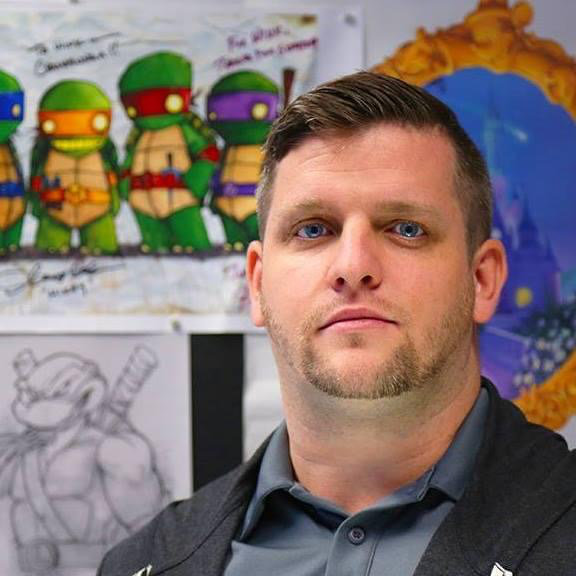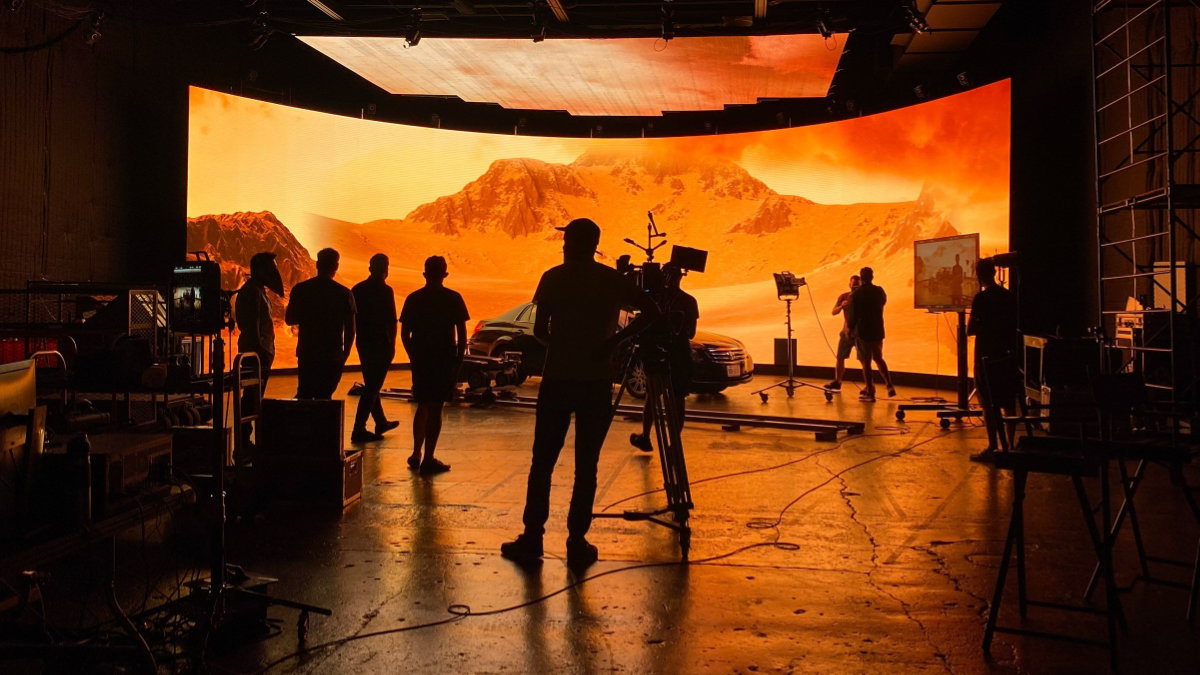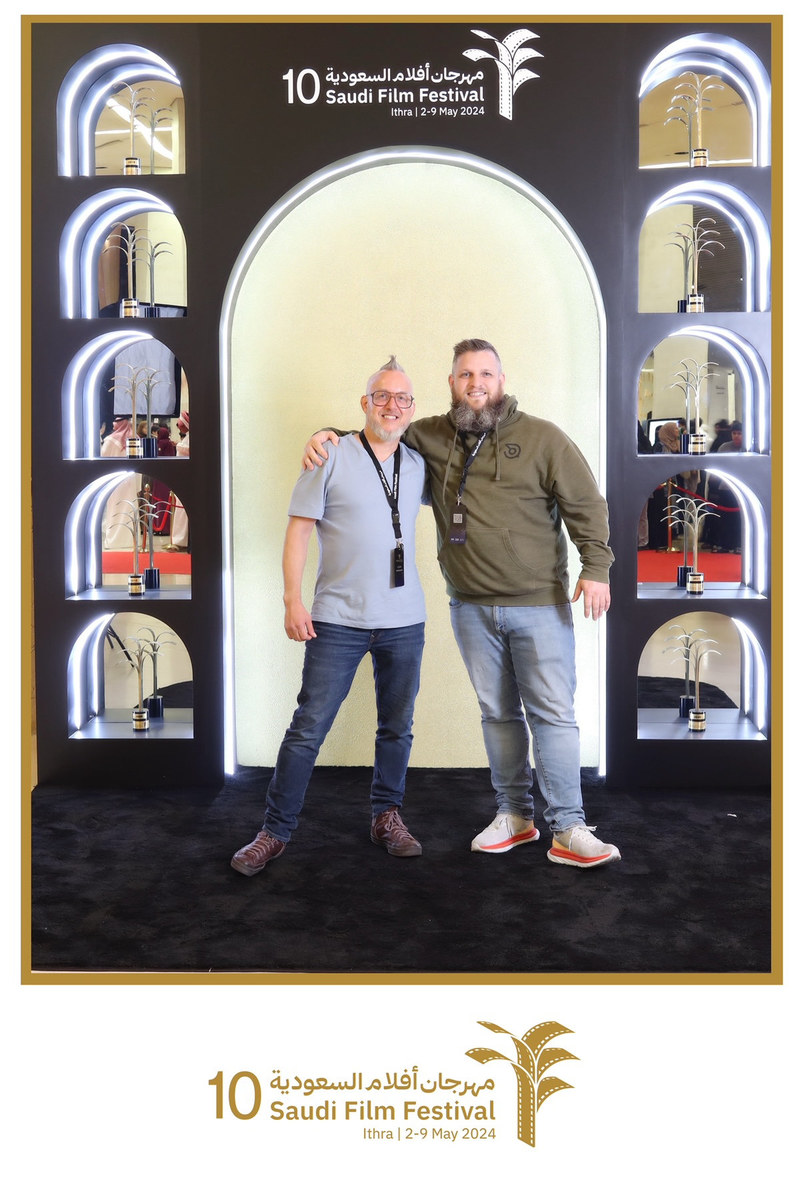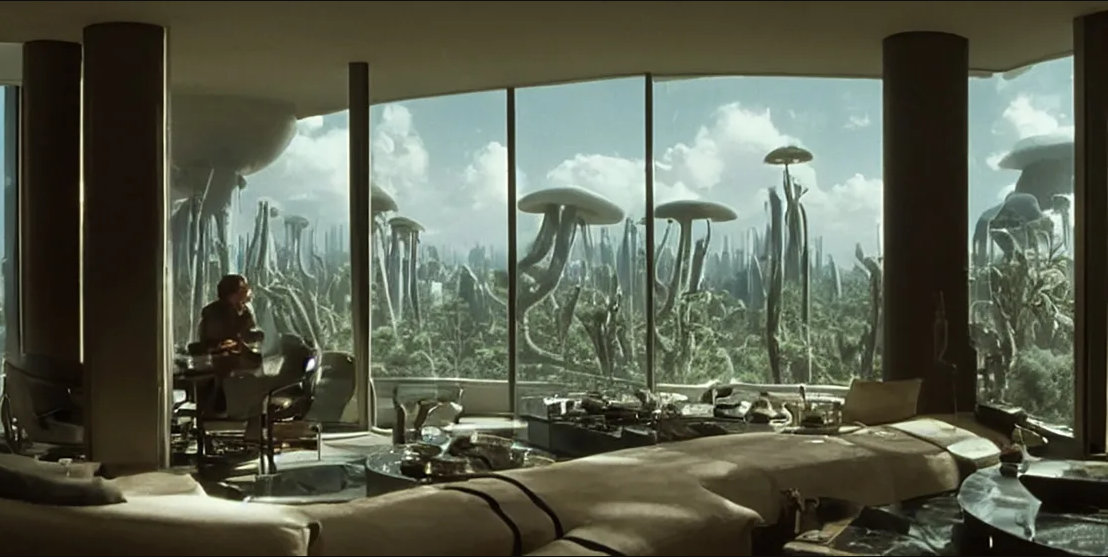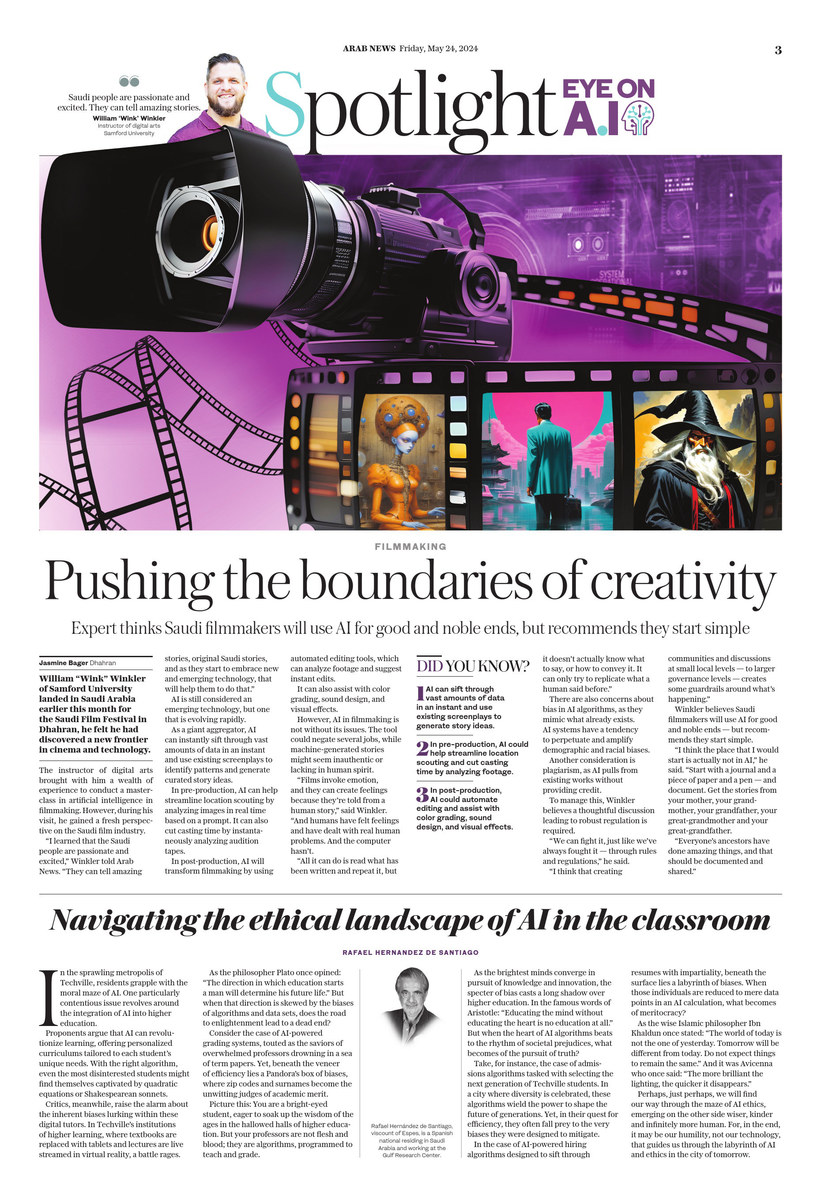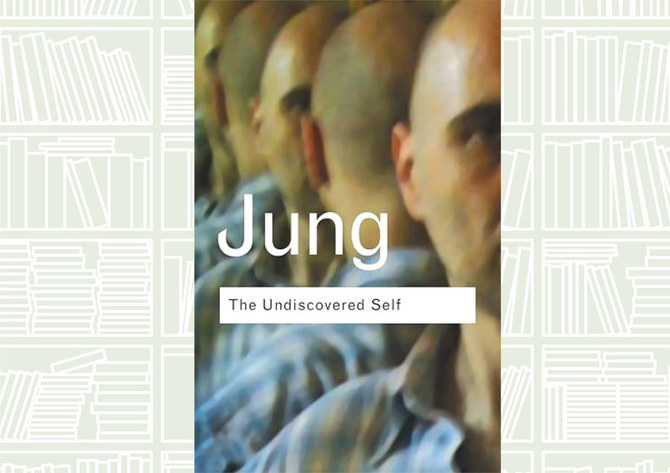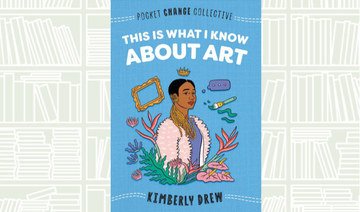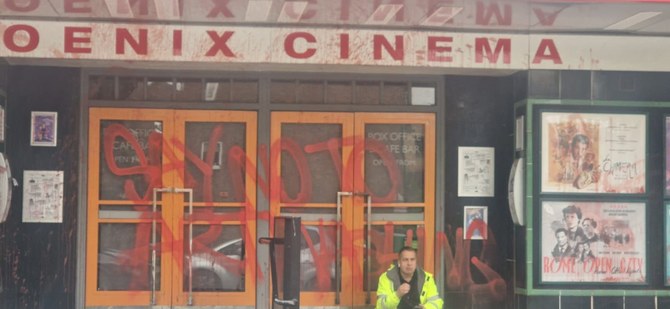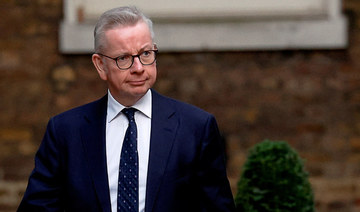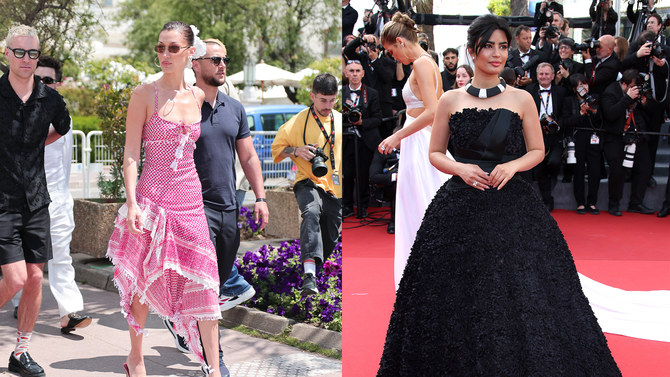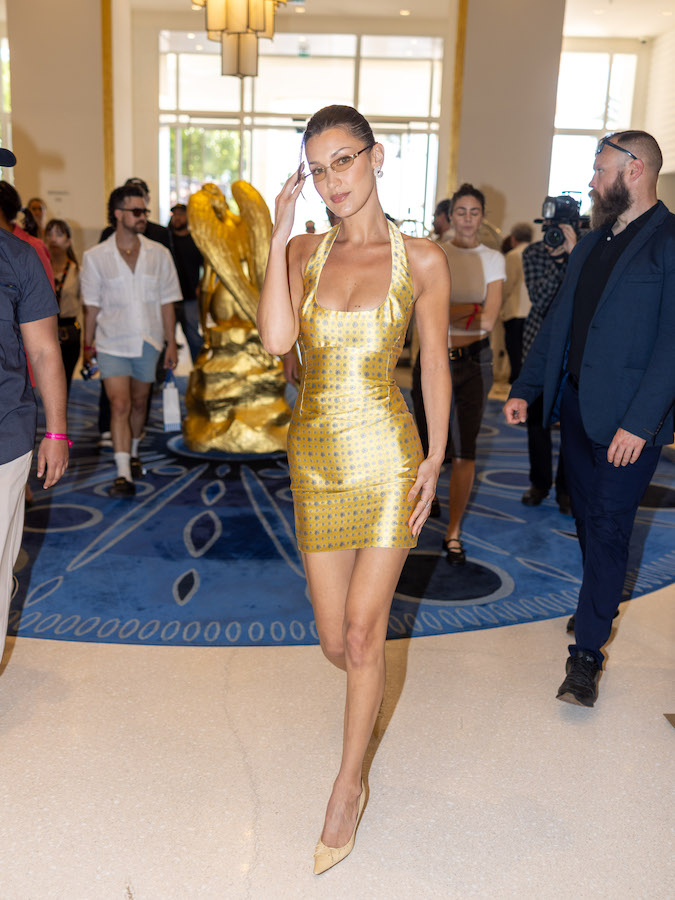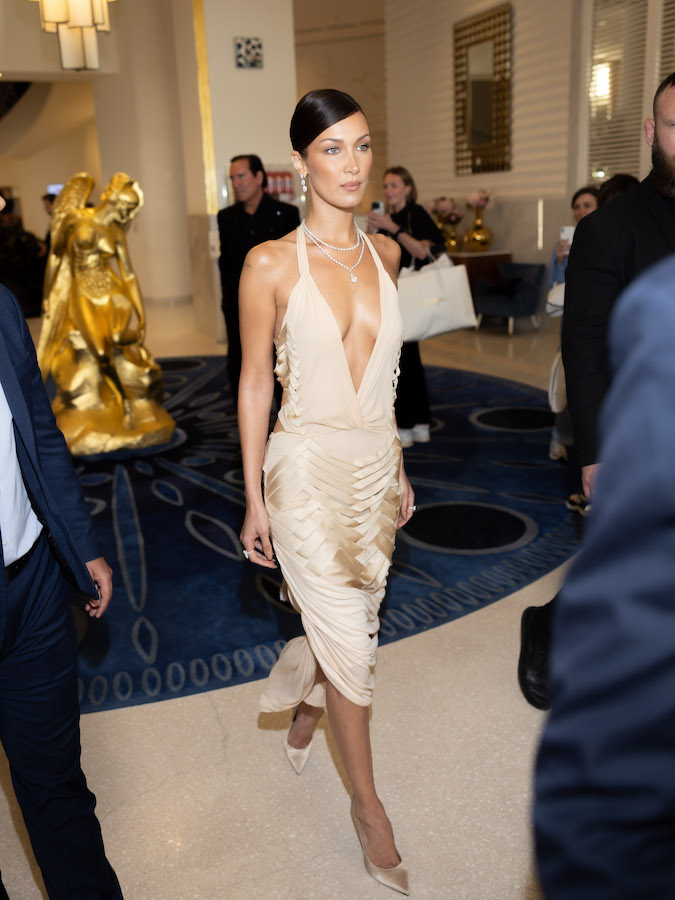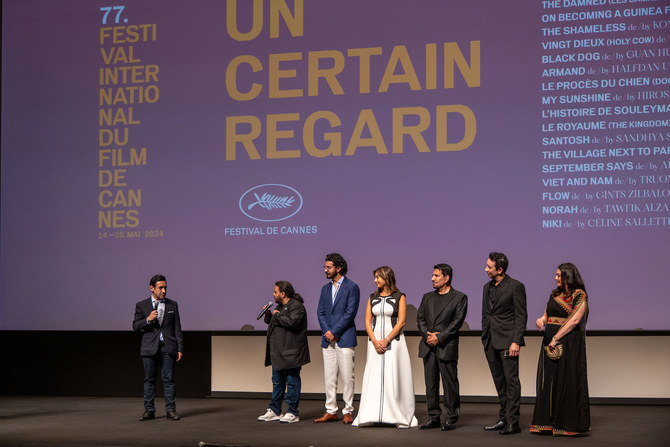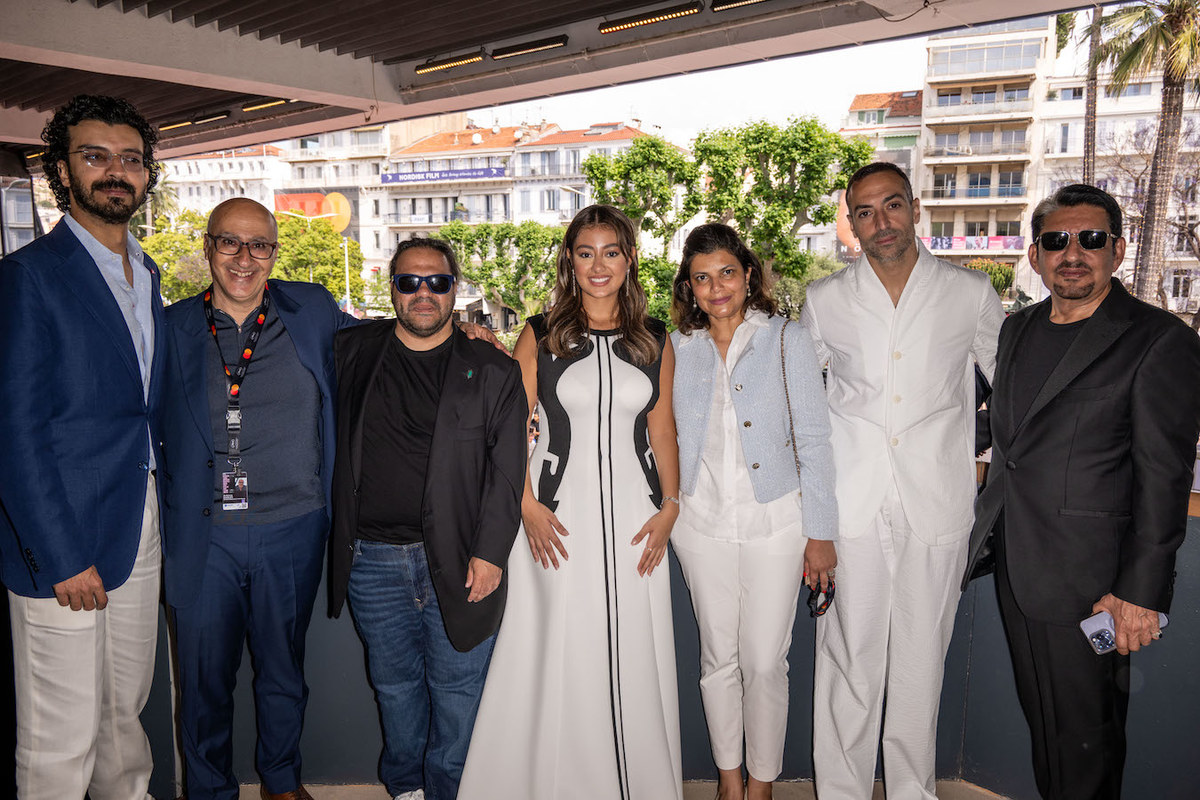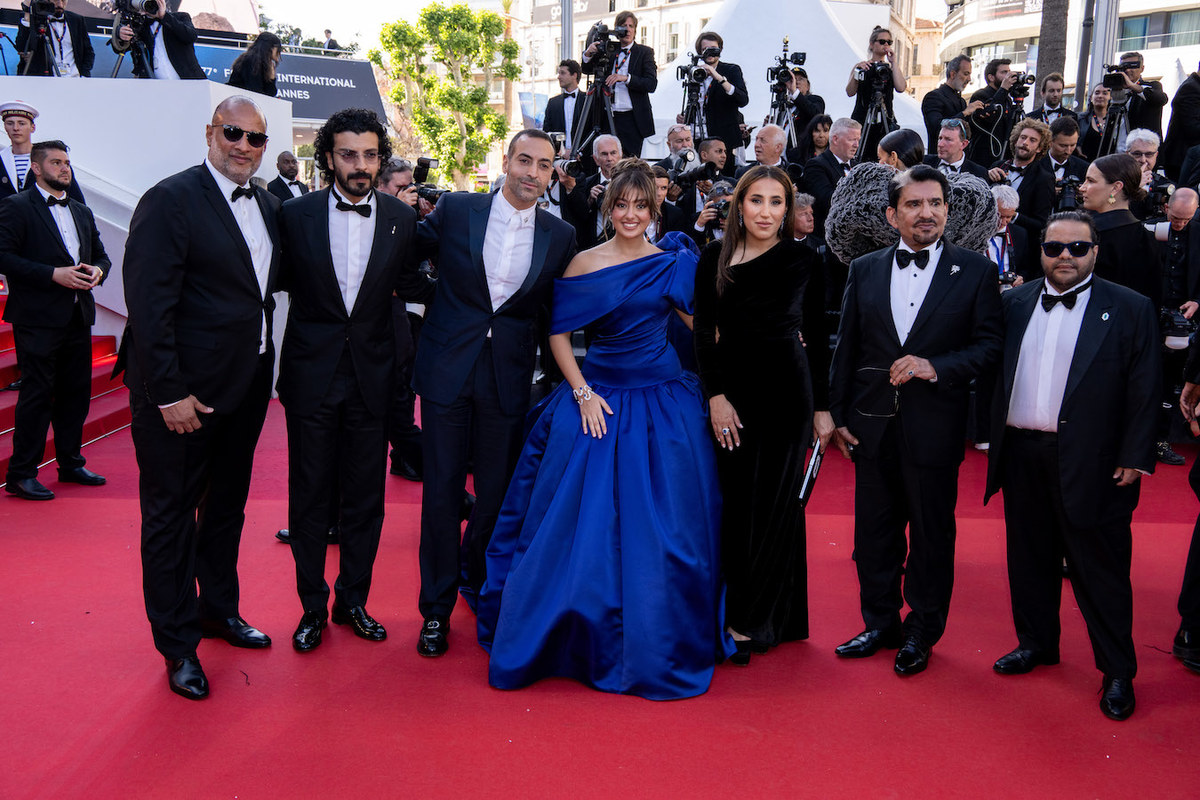DUBAI: Chef Howard Ko, head chef at the newly-opened Ce La Vi restaurant in Dubai, shares a mouth-watering lobster tagliatelle recipe you can make at home. While the recipe is no small amount of work, it will certainly impress family and guests during iftar.
If you don’t have a pasta maker, you can always reach for pre-made squid ink pasta from an artisan grocery store.
Ingredients:
2 red lobsters
1 whole carrot cut in large dice
2 stalks of celery
1 onion peeled and diced
3 quarts of chicken broth
3 cups of whipping cream
3 tablespoons of red curry paste
4 tablespoons of fish sauce
120 grams of palm sugar
Lime juice to taste

(Shutterstock)
1. In boiling water with white vinegar to taste, place lobsters in for four minutes and ice.
2. After, take the lobster tail out of its shell and cut the claws with scissors.
3. The innards connected to the smaller legs should be taken apart from the shell. With scissors, cut out the feathery part of the shell.
4. Cut the innards into small pieces.
5. Roast innards and all the vegetables with some vegetable oil to cover just the bottom.
6. Discard all the oil and add the chicken broth just to cover.
7. Cook for 45 minutes and strain in a fine-mesh strainer.
8. Slowly reduce until lobster broth is flavorful.
9. Finish with cream, red curry, palm sugar and lime juice.
10. Assembly: In a pan, sauté a little bit of minced garlic and add diced lobster pieces. Add the flavorful sauce you just made and then add blanched pasta. Finish with lime juice and some Thai basil.
Making the pasta
Ingredients:
2 cups of all-purpose flour, plus more for dusting
2 whole large eggs
4 yolks from 4 large eggs
4 teaspoons squid ink
1 teaspoon of salt, plus more for salting water
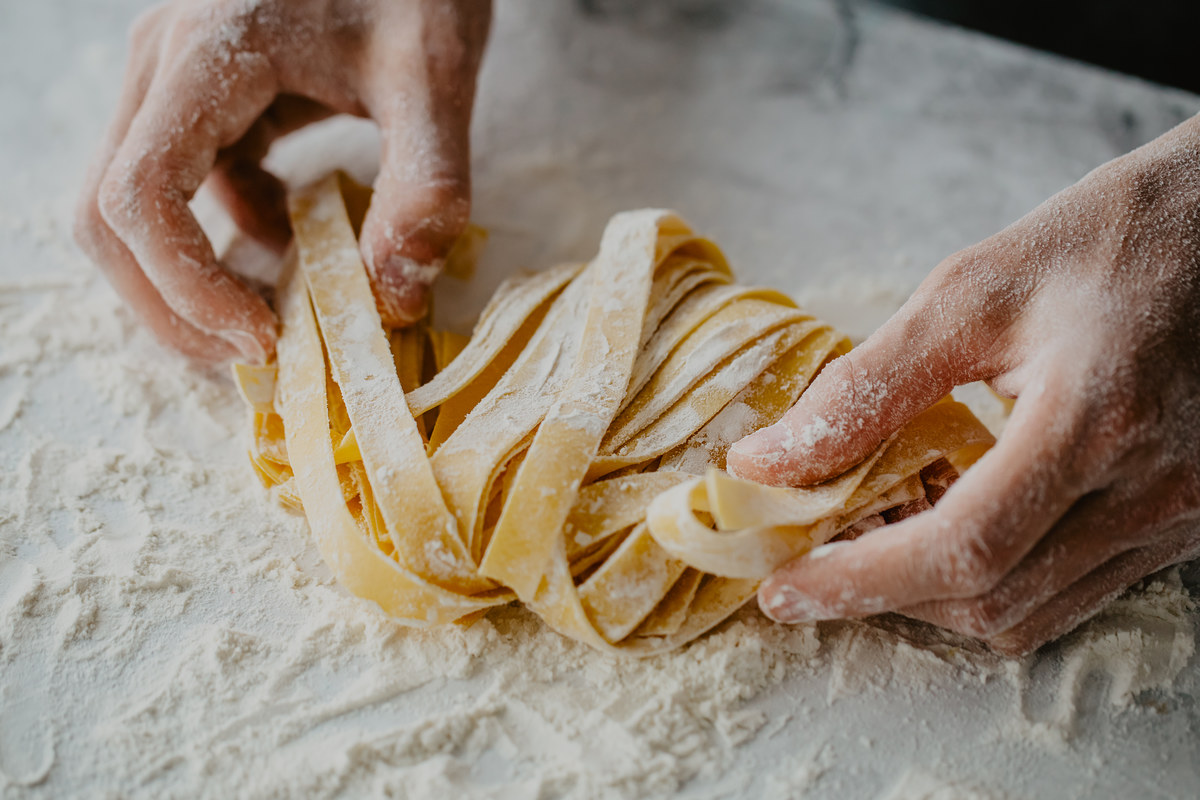
(Shutterstock)
1. To make the dough: Make a well in the center about 4 inches wide. Pour whole eggs, egg yolks, squid ink and salt into well and, using a fork, beat thoroughly. When combined, gradually incorporate flour into the eggs until a wet, sticky dough has formed.
2. Using a bench knife, scrape excess dough from the fork and fingers. Begin to fold additional flour into the dough with the bench knife, turning the dough roughly 45 degrees each time, until dough feels firm and dry and can form a craggy-looking ball.
3. Press the heel of your hand into the ball of dough, pushing forward and down. Rotate the ball 45 degrees and repeat. Continue until dough develops a smooth, elastic texture similar to a firm ball of Play-Doh. If dough feels too wet, add flour in 1 teaspoon increments. If dough feels too dry, add water slowly using a spray bottle.
4. Wrap ball of dough tightly in plastic wrap and rest on the countertop for 30 minutes.
5. To roll the pasta: Meanwhile, place a parchment paper sheet on a tray or cutting board and dust lightly with flour. Unwrap rested dough and cut into quarters. Set one quarter on work surface and re-wrap remaining dough. With a rolling pin, flatten the quarter of dough into an oblong shape about 1/2 inch thick.
6. Set pasta maker to widest setting and pass dough 3 times through the machine at this setting.
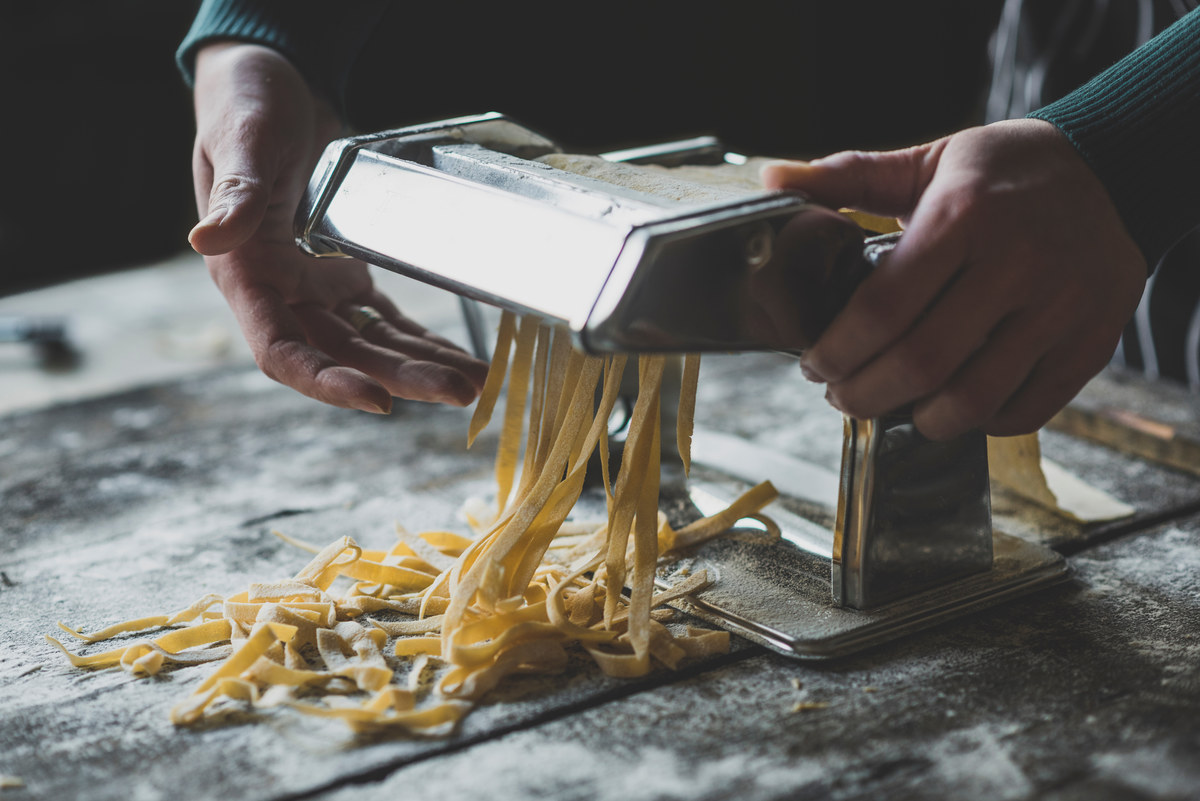
(Shutterstock)
7. Place dough on a lightly-floured work surface. Fold both ends in so that they meet at the center of the dough, and then fold the dough in half where the end points meet, trying not to incorporate too much air into the folds. Using a rolling pin, flatten the dough until it is a half inch thick. Pass through the rollers three additional times.
8. Narrow the setting by a notch and repeat step 7. Repeat once more. The dough should now have passed through the third widest setting. Continue passing the dough through the rollers, reducing the thickness by one setting each time until it reaches the desired thickness. It should now be very delicate and elastic to the touch, and slightly translucent.
9. Place rolled dough onto a work surface or baking sheet lightly dusted with flour or lined with parchment paper, folding the dough over as necessary so that it fits; sprinkle with flour or line with parchment between folds to prevent sticking.
10. Cover dough with plastic wrap or a kitchen towel to prevent drying, then repeat steps 5 through 9 with remaining dough quarters. If making noodles, cut dough into 12 to 14-inch segments.
11. To cut pasta: Adjust pasta machine to setting of your choice. Working one dough segment at a time, feed dough through the pasta-cutter. Alternatively, cut folded dough by hand with a chef’s knife to desired width.
12. Divide the cut pasta into individual portions, dust lightly with flour and curl into a nest. Place on parchment-lined rimmed baking sheet and gently cover with kitchen towel until ready to cook. Pasta can be frozen directly on the baking sheet, transferred to a zipper-lock freezer bag and stored in the freezer for up to three weeks before cooking. Cook frozen pasta directly from the freezer.
13. To cook: Bring a large pot of salted water to a boil. Add pasta, stir gently with a wooden spoon, chopsticks or a cooking fork, and cook, tasting at regular intervals until pasta is just set with a definite bite. Drain, toss with sauce and serve.



